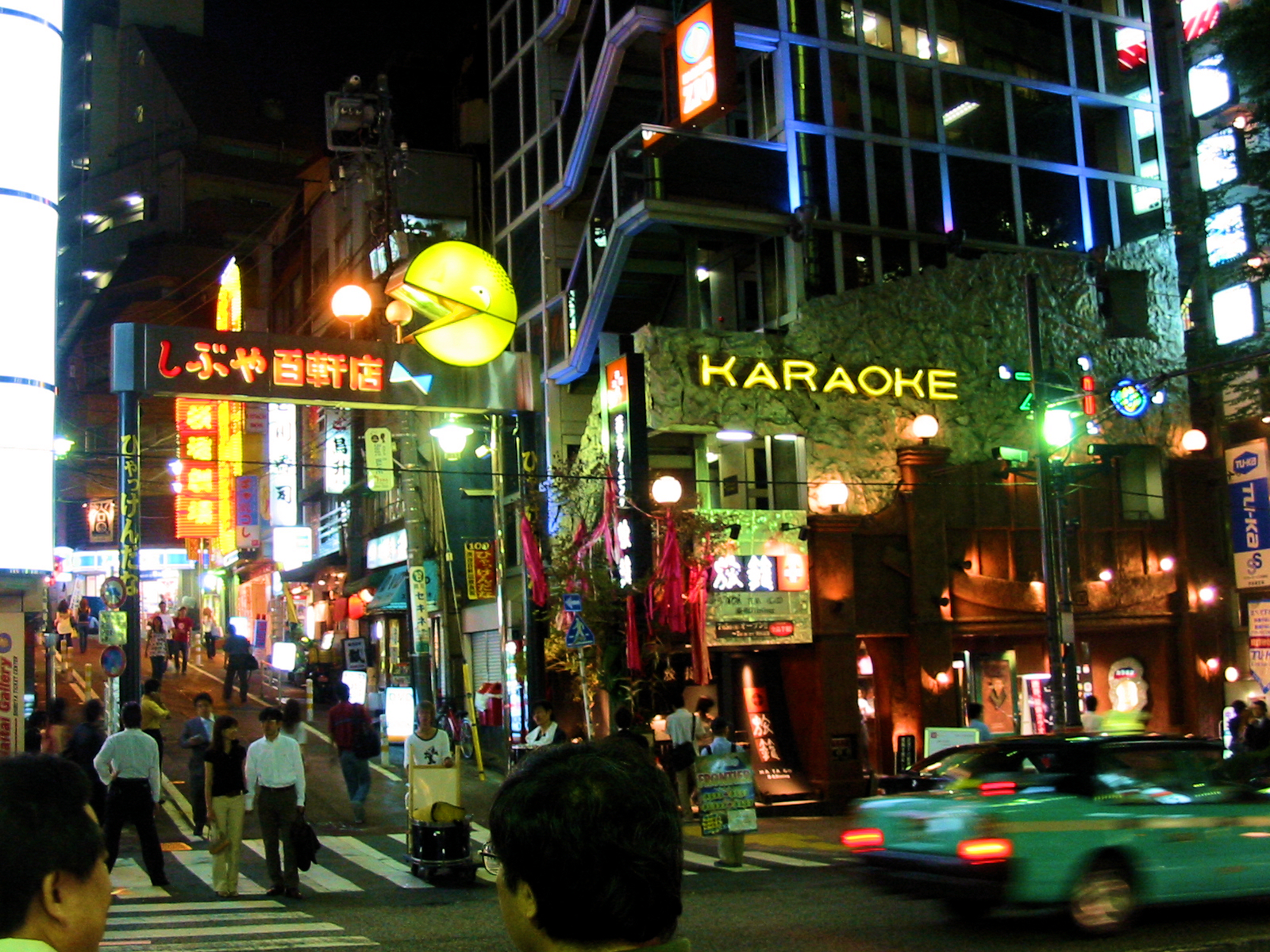As you navigate your way through the densely populated barangays of Manila, it is not uncommon to hear loud, delay laden vocals bellowing through the windows of local family homes. Filipinos also do not shy away from a challenge, you’ll often hear some vocally demanding OPM ballads, followed by a rendition of some 90’s R&B music such as Mariah Carey.
For many Filipinos, singing isn’t just a meagre hobby. The Philippines is known for producing some of the greatest singers in the world. This was highlighted when the world-renowned supergroup Journey – known for their vocally intensive music – recruited a Filipino singer to replace their previous frontman.
Karaoke is undoubtedly an integral part of the Philippines culture. Filipinos are brought up surrounded by singing. It becomes a normal pastime of everyday life. If visitors come to the house, they will all sing together, or if it’s a special occasion they will enjoy singing as part of the celebrations. No matter where you are around the globe you’ll find that in every home owned by a Filipino, you will find a karaoke system.
Many entertainment establishments in the Philippines joined the market with their own versions of karaoke machines. The karaoke industry is a lucrative market as the machines are used in gaming centres, bars, nightclubs, and karaoke establishments across the country. Because of the popularity of karaoke machines in the Philippines, many businesses made the move towards renting out their machines.
However, other than the usual karaoke machine seen and used by Filipinos, a new type of karaoke machine has been widely used across the country. Compared to the typical, bulky appearance of karaoke machines, these new machines are far more practical. These are the Magic Mic, which is a generic term used to define karaoke microphones. These Magic Mics have the karaoke system now built into the microphone itself.
One thing you may notice when singing karaoke in The Philippines is how often you will see images of famous locations used in the background of the screen. These companies have used the popularity of karaoke to boost the tourism industry in the country. They do this by showcasing famous locations around the country on their karaoke machines.
Sing like there’s nobody listening
I have found part of the popularity of karaoke comes from humiliating yourself in public. Belting out your rendition of Sinatra’s My Way is not recommended in the Philippines. The song is a means to either prove you have the chops to audition for American Idol or that you’re just dreaming.
While my experience was based on me and most of the others humiliating ourselves; I quickly noticed that anyone with the slightest bit of vocal skill can mildly entertain a crowd of enthusiastic drinkers.
Despite karaoke events being positives atmospheres; this atmosphere is sometimes ruined by fights, arguments, accidents and general negatively amongst families.
Though, karaoke is mostly an ingredient for an enjoyable night in The Philippines. If you are here for vacation, it is essential you schedule a visit to a KTV bar; immerse yourself in one of the modern-day cornerstones of Philippine culture.
As a side note, the term karaoke is often substituted with the term videoke. When you hear this don’t get confused – they both refer to the same thing.

Thanks for your personal marvelous posting! I truly enjoyed reading it, you might be a great author.I will remember to bookmark your
blog and will come back very soon. I want to encourage you continue your great work, have
a nice afternoon!